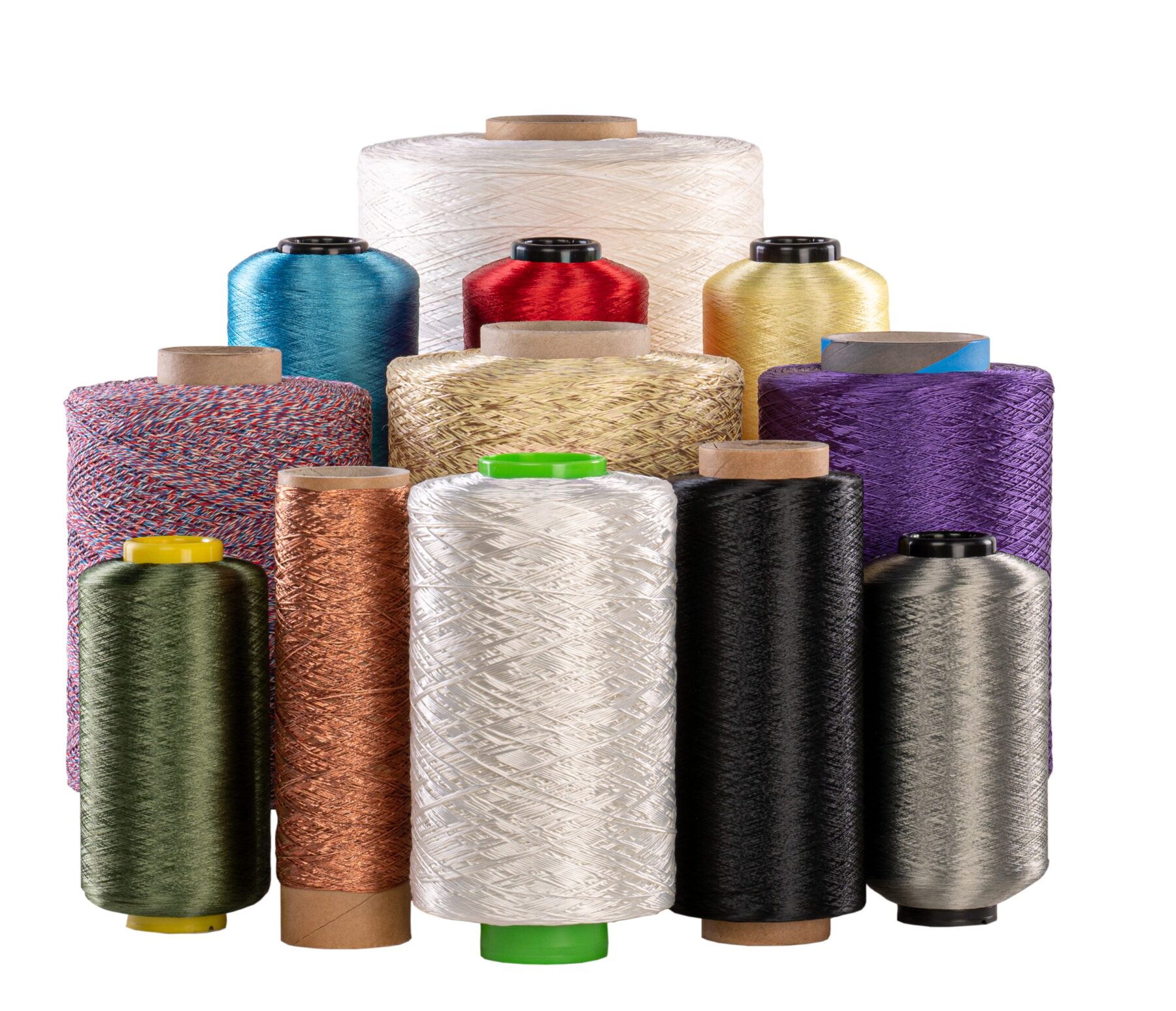Let’s step back in time to explore the captivating evolution of textile thread
Textile thread, that thin strand of material that binds together the fabric of our everyday lives, has a fascinating history that stretches back millennia. The evolution of yarn over time is a complex story, marked by human ingenuity and technological advances. By going back in time, we can discover the key milestones that have shaped this essential element of our modern lives.
The first steps:
The first textile yarns were made from natural materials such as linen, cotton and wool. Early civilizations, such as the ancient Egyptians, Mesopotamians and Chinese, mastered the art of handspinning. Plant and animal fibers were transformed into yarn using simple twisting techniques.
The Industrial Revolution:
The Industrial Revolution brought major changes to textile yarn production. In the 18th century, the invention of the mechanical loom by James Hargreaves enabled mass production of yarns and fabrics. Mechanical spinning mills were developed, using steam as an energy source. This considerably increased production capacity and paved the way for rapid industrialization in the textile sector.
Synthetic fibers and modernity:
In the 20th century, a new era began with the development of synthetic fibers. Nylon, invented by Wallace Carothers in 1935, opened the door to a variety of man-made materials such as polyester and rayon. These synthetic fibers offered unique characteristics, such as strength, elasticity and ease of care, expanding the possibilities in the textile industry.
The digital revolution in textile production:
In the 21st century, digital technology has radically transformed yarn manufacturing. Modern machines use advanced spinning and twisting techniques, optimized by computer algorithms. Automated quality monitoring, precise color management and large-scale customization have become commonplace.
Towards a sustainable future:
Today’s textile industry faces challenges related to sustainability and environmental impact. Increasingly, researchers are exploring environmentally-friendly alternatives, such as recycled fibers. Consumers are also increasingly sensitive to the origin of materials and ethical production practices.
Looking back, we can see that textile yarn has come a long way, from simple strands of natural fibers to sophisticated synthetic materials. Continuous evolution, fueled by innovation, technology and environmental awareness, promises a future where textile yarn will play a crucial role in creating sustainable solutions for the fashion industry.
Find out more about Moulinage du SolierSources :
https://museeduping.com/wp-content/uploads/2022/02/4.3-histoire-de-la-fabricationtextile.pdf
https://resilience.fr/industrie-textile-histoire-du-savoir-faire-francais/
https://www.worldhistory.org/trans/fr/2-2183/industrie-textile-pendant-la-revolution-industriel/
https://www.corderie-mansas.fr/fr/content/15-historique-des-matieres
